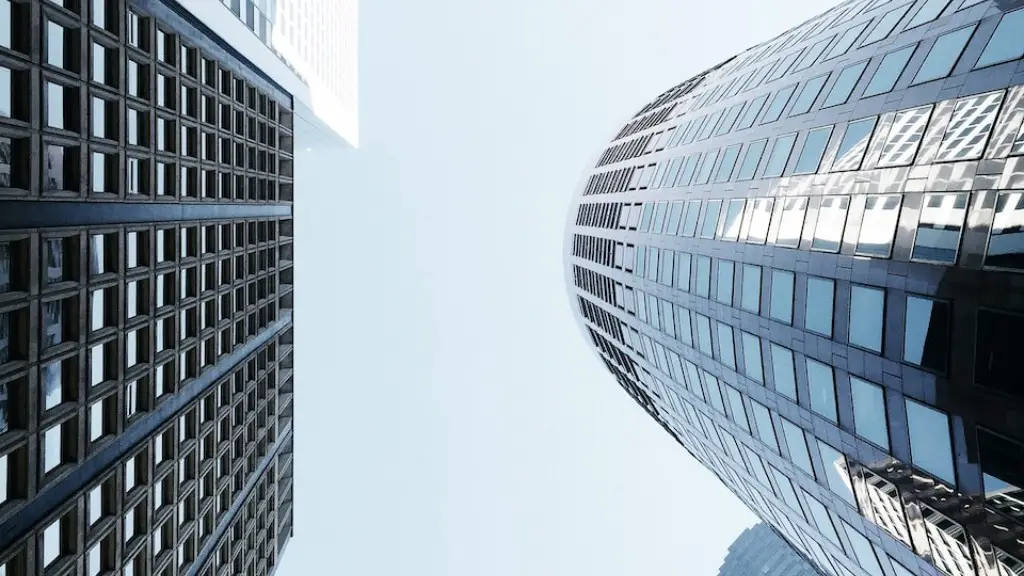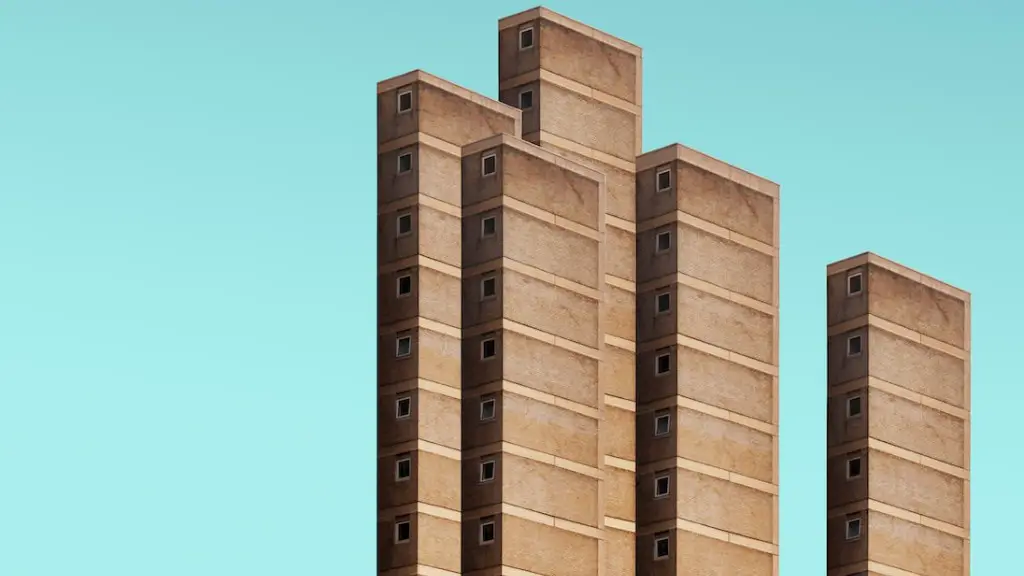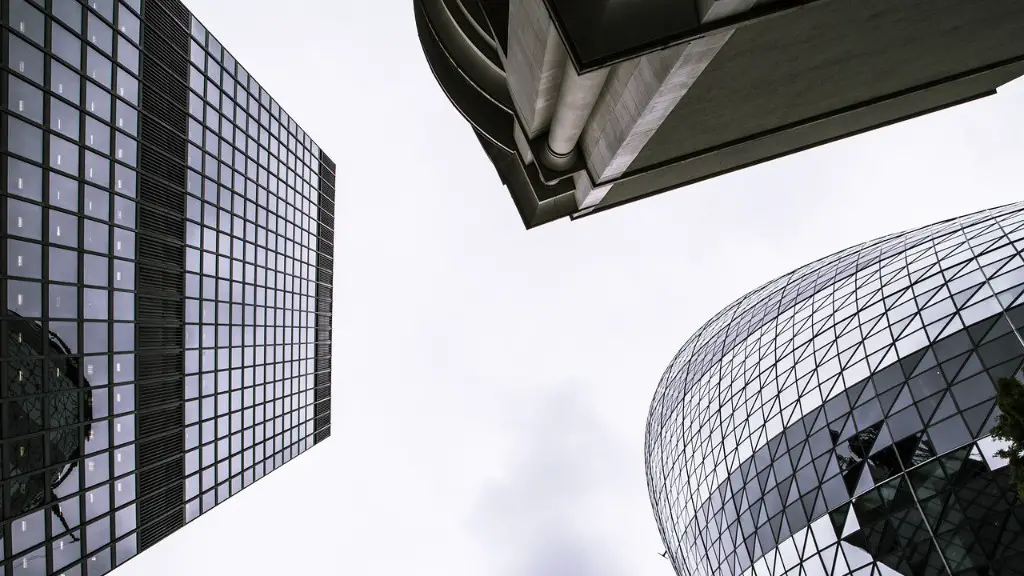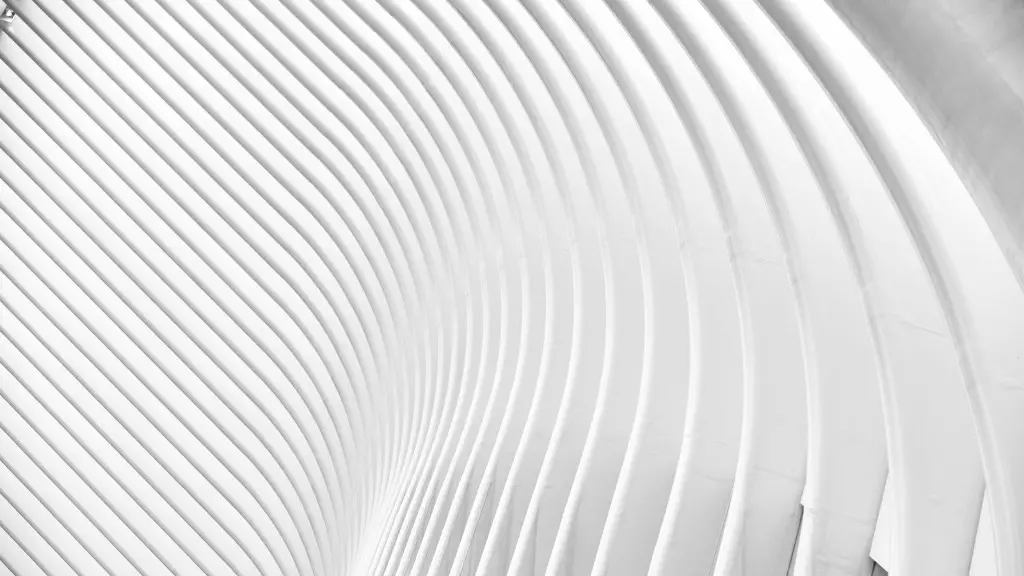The Power of Creativity in Architecture
Architecture is an ancient craft, one of the practices that has marked the history of humankind. It is an art form, a science and an engineering practice all at once – but what exactly is its purpose? Whilst in the past technology dictated the materials used and the structural integrity, today there is an emphasis placed on aesthetics and creativity. This is why creativity is so important in architecture.
Nowadays, architects are expected to create stunning projects that stand the test of time, both from an aesthetic and an engineering point of view. Since buildings are often investments made by a country or private individuals, this emphasis on creativity is of paramount importance. As architects must choose unique materials and designs that are aesthetically pleasing, it is only natural that creativity be considered a cornerstone practice within this sector.
The role of creativity within architectural design is to ensure that the architect can take full advantage of every single opportunity offered by the project. For example, if the project involves a unique landscape, architects should be able to figure out the best way to integrate the structure within the existing environment. Furthermore, creativity can also help architects reconcile their projects between the different cultural, social and economic contexts of a given area. By putting their creativity and imagination to the test, architects can come up with new, efficient and aesthetically pleasing solutions for all kinds of projects.
When discussing creativity in architecture, one cannot ignore the importance of innovation. The world of architecture is constantly evolving, and so too are the needs and expectations of clients and users. Creativity and innovation help architects to come up with solutions that can meet all the project requirements, no matter how complex or peculiar.
Innovation can take many forms, from finding new ways to harness technology and make use of green energy to finding clever ways to reduce costs. Whichever form innovation takes, it should always have a significant impact on the project, not only in terms of practicality but also in terms of aesthetics, with the ultimate goal of creating a unique, beautiful and structurally sound building.
Finally, it is important to note that creativity is not only a core practice within architecture, it is also one of the main criteria used to judge the work of architects. When architects are considered for projects, their creativity and imagination are always taken into account by their potential clients, as they want to be sure that the project will be in the right hands and that all their requirements will be met.
Developing Creative Ideas In Architecture
The development of creative ideas in architecture is a critical process that allows architects to come up with innovative solutions to different problems. In addition to analyzing the project and understanding the cultural and economic contexts, architects must also be able to think outside the box and come up with creative solutions. In order to do so, architects must be able to draw inspiration from a variety of sources – from nature, technology, the environment and even other projects. It is only through such an approach that great ideas come to life.
Furthermore, when developing creative ideas, it is important for architects to take into consideration the time frame of the project and the budget available. By doing so, they can come up with innovative ideas that will not only improve the aesthetics of the project but also ensure that it is completed on time and within budget.
In addition to developing creative ideas, architects must also have a good understanding of their materials and the structure of the project they are working on. By doing so, they can ensure that their innovative ideas can be implemented in the most efficient and secure way possible.
Finally, it is also important for architects to keep up to date with the latest developments in technology, engineering and architecture. By doing so, they can come up with even more innovative solutions that take full advantage of technological advances.
The Benefits of Creativity in Architecture
The benefits of creativity in architecture are numerous, as it allows for the creation of aesthetically pleasing and structurally sound works of art. Firstly, allowing architects the freedom to be creative can result in projects that are more visually appealing and stand out from standard designs. Secondly, being creative in architecture can also help to reduce costs, as architects can come up with clever and efficient ways to build structures and make use of different materials.
Moreover, creativity in architecture also leads to greater sustainability and efficiency. This is because it allows architects to find innovate ways to construct buildings using green energy sources and eco-friendly materials. In addition, by being creative and finding different solutions to different problems, architects can create structures that are energy efficient as well as aesthetically pleasing.
Finally, creativity in architecture is also beneficial from a marketing point of view. By creating unique and beautiful projects, architects can promote their work and attract even more commissions. Furthermore, with the recent advancements in technology and social media, creative projects can have a significant reach and help architects to attract wider audiences and potential clients.
Understanding the Context of a Project
In order to succeed in any architectural project, it is essential for architects to have an in-depth understanding of the context in which they need to work. This includes both the physical environment and the people who will be inhabiting the structure. Firstly, understanding the physical environment involves analyzing the landscapes, understanding the restrictions set by local authorities and even looking into the geology and hydrology of a given area.
In addition to this, architects should also take the time to understand the people who will be using the project. This means understanding their needs, expectations and cultural contexts. Doing so will enable them to design better projects that are tailored to their needs and preferences and can therefore enhance the lives of all users.
By taking the time to properly understand the context of a project, architects can make better informed decisions about the materials and design elements used in the project. This helps to ensure that their projects are both aesthetically pleasing and practical, thus making them more appealing to users and potential clients.
Thinking Beyond the Usual
At the heart of creativity in architecture lies the willingness and capacity to think beyond the usual. Rather than adhering to traditional designs, architects should be willing to explore different options and come up with innovative solutions. This includes looking to nature for inspiration, taking advantage of technological advances and even combining different ideas and concepts to create something completely unique.
When architects go beyond the usual, the results can be truly remarkable. From brand new interpretations of existing concepts to revolutionary projects that break new ground and push the limits of traditional architecture, thinking beyond the usual can lead to the kind of projects that are truly awe-inspiring and can stand the test of time.
In conclusion, creativity is an essential practice within the field of architecture. Through creativity and innovation, architects can come up with projects that are both aesthetically pleasing and structurally sound and hence make a positive contribution to the world. From devising creative ideas to understanding their context and going beyond the usual, architects can reap the rewards of creativity and bring their projects to life.
Exploring New Materials
Exploring new materials is an integral part of creativity in architecture. By doing so, architects can find ways to incorporate cutting-edge materials into their projects and take advantage of their innovative properties for both aesthetic and practical purposes.
One of the most popular new materials used in architecture is 3D printing. Thanks to 3D printing, architects can now produce complex structures that were impossible to achieve with traditional methods. This, in turn, has opened up a whole new world of possibilities for architects, allowing them to come up with innovative, unique and efficient solutions to their clients’ needs.
In addition to 3D printing, architects have also started to embrace the potential of prefabricated structures. Prefabrication can help reduce costs and construction times by employing pre-fabricated modules that are easy to assemble and can be tailored to the needs of each project. Furthermore, architectural firms can even make use of recycled materials such as metals and plastics, which can help them to reduce their carbon footprint.
Finally, the use of smart materials is becoming increasingly popular for projects that require efficiency and sustainability. By adopting these smart materials, architects can create buildings that can respond to environmental changes and provide better insulation and energy efficiency. As a result, smart materials can help architects create projects that are not only aesthetically pleasing but also energy efficient and cost-effective.
Utilizing Technology
As technology continues to evolve, it is becoming increasingly important for architects to make the most of it. Not only can technology help architects to come up with innovative designs and construct efficient buildings, but it can also help them in the promotion and marketing of their projects.
One way in which architects can utilize technology is by making use of digital renderings to visualize their projects. Using this type of technology, architects can create realistic visuals of their projects and allow their clients to gain a clearer understanding of what their project will look like. Furthermore, digital renderings can also help architects to identify any potential problems that could arise, thus allowing them to come up with solutions before the project even starts.
In addition to digital renderings, architects can also take advantage of virtual reality technology to take their clients on a virtual tour of their projects. This can help potential clients to get a better understanding of their projects and can also be used to help architects to present their projects in a more engaging way.
Finally, architects can also use social media to promote their projects and gain a wider audience. By taking advantage of the power of the internet and its numerous platforms, architects can attract more potential clients and make their projects even more popular.





